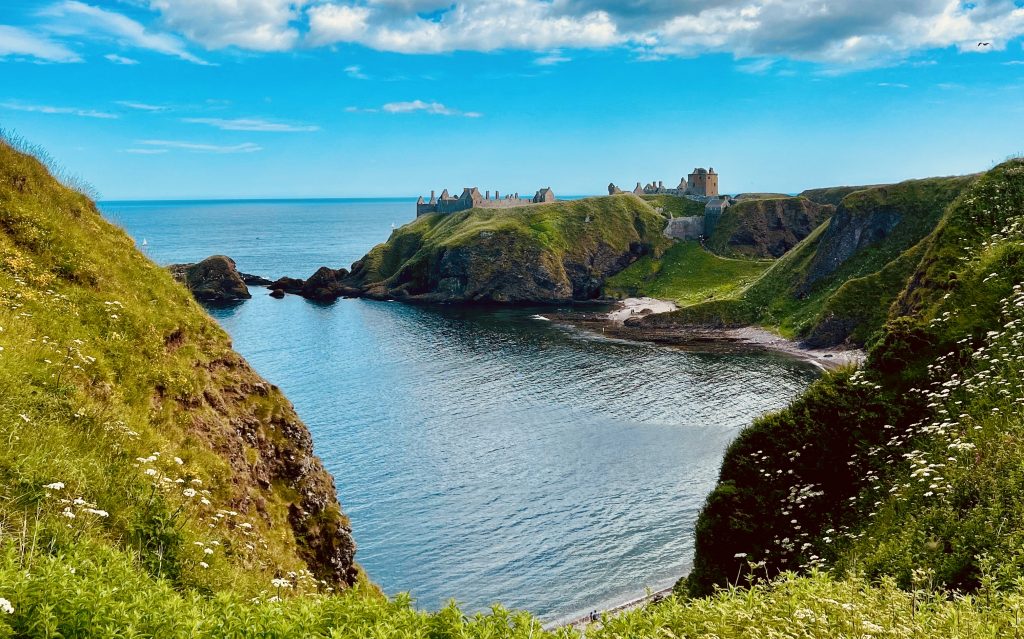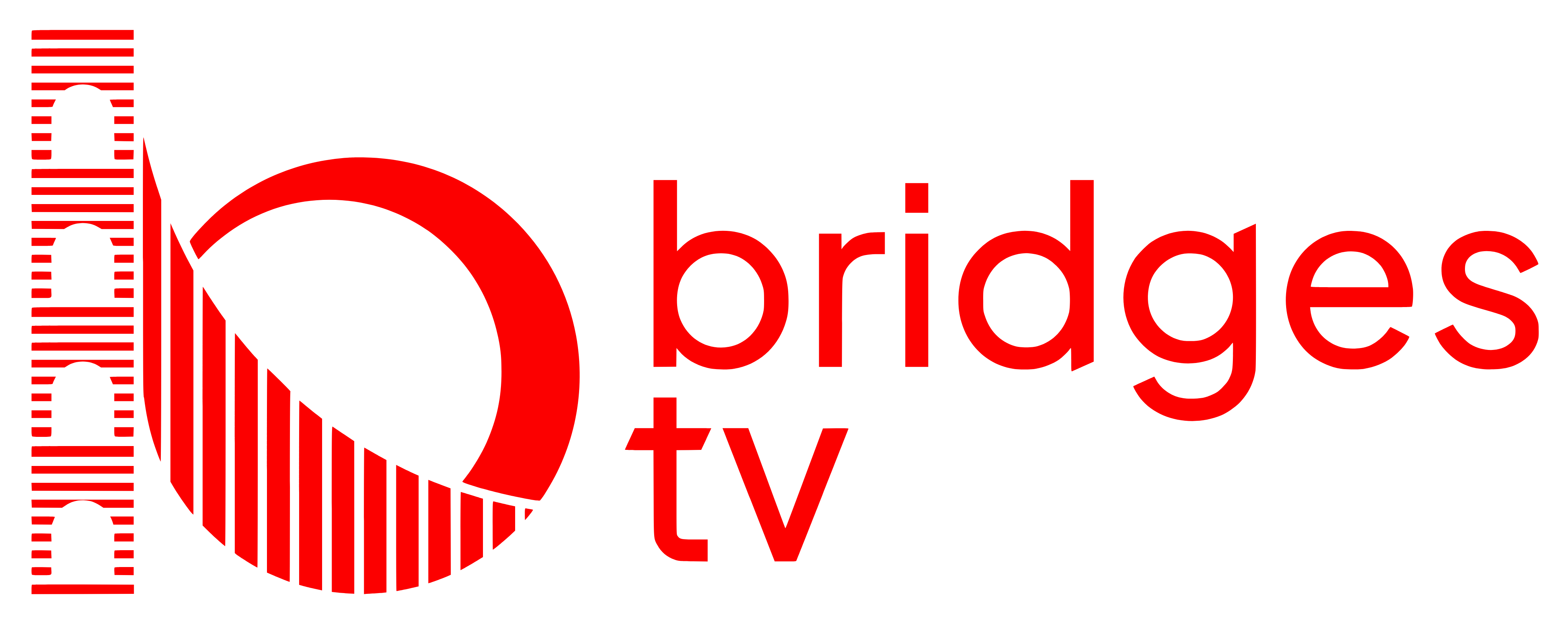Dunnottar Castle, perched on a rocky headland on the northeastern coast of Scotland, near the town of Stonehaven in Aberdeenshire, is one of Scotland’s most iconic and dramatic castles. The ruins of this historic fortress overlook the North Sea, offering breathtaking views and a glimpse into Scotland’s tumultuous past.

The origins of Dunnottar Castle date back to the early Middle Ages. The site was initially fortified by the Picts, an ancient people who lived in what is now Scotland. The first recorded building on the site was a chapel established by St. Ninian in the 5th century. However, the castle as we know it began to take shape in the 14th century.
The construction of Dunnottar Castle, as a formidable stone fortress, began in earnest in the 14th century under Sir William Keith, the Marischal of Scotland. The castle’s strategic location made it a critical stronghold in the defense of the Scottish kingdom. Over the centuries, various structures were added, including a keep, residential quarters, and a chapel.

Dunnottar Castle has witnessed many significant historical events. One of the most notable is its role in the 17th century when it housed the Honours of Scotland (the Scottish crown jewels) during the Wars of the Three Kingdoms. In 1651, as Oliver Cromwell’s forces advanced, the Honours were secretly smuggled out of the castle and hidden to prevent them from falling into English hands.
The castle also played a role in the Jacobite uprisings of the 17th and 18th centuries, being a stronghold for supporters of the Stuart claim to the British throne. After the final defeat of the Jacobites at the Battle of Culloden in 1746, the castle fell into decline and was eventually abandoned.

Dunnottar Castle’s architecture is a testament to its defensive purpose. The castle is built on a headland surrounded by steep cliffs on three sides, making it nearly impregnable. Access to the castle is via a narrow strip of land and a steep path, which could easily be defended against attackers.
Key features of the castle include:
- The Keep: The main tower, which served as the residence of the lord and the last line of defense.
- The Chapel: A small church where the residents and soldiers could attend services.
- The Gatehouse: The primary entry point, heavily fortified to withstand sieges.
- The Whigs’ Vault: A grim reminder of the castle’s darker history, this dungeon held Covenanters, Presbyterian prisoners, in appalling conditions during the 17th century.
Today, Dunnottar Castle is a popular tourist destination, attracting visitors from around the world. The castle ruins are open to the public, and visitors can explore the remnants of its buildings, enjoy the stunning coastal scenery, and delve into the rich history of this remarkable site.
Whether you’re a history enthusiast, a lover of breathtaking landscapes, or simply curious about Scotland’s heritage, Dunnottar Castle offers a fascinating glimpse into the past and a memorable experience on the rugged Scottish coast.














